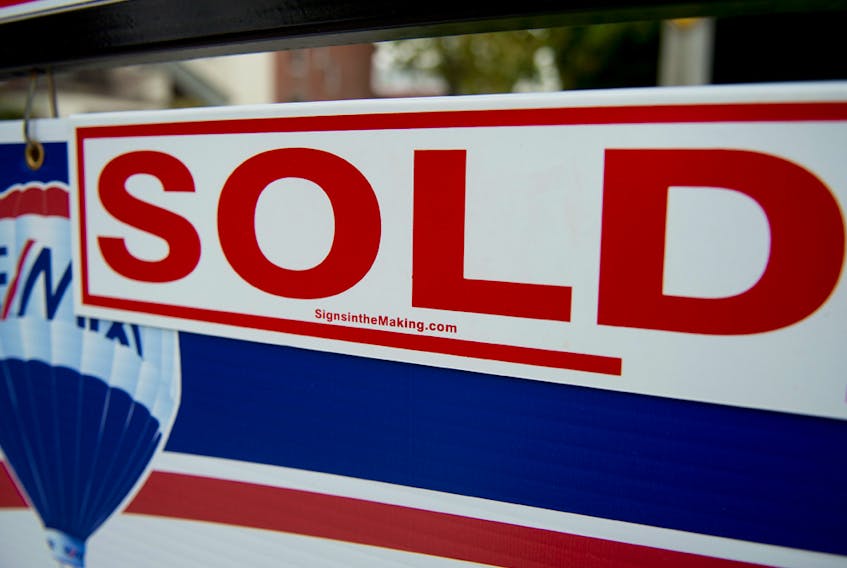Most people who have bought or sold a home are familiar with the concept of staging, in which a seller brings in new, sometimes expensive, furniture and decor on a temporary basis in order to cast their home in the best possible light.
But does home staging really work? Does it help a home sell more quickly or at a higher price?
If you ask the real estate industry, most believe it does. However, independent research on the subject is hard to find, and the available evidence is somewhat inconclusive.
While they are not necessarily “staged,” almost all homes are prepared to some extent before being sold.
Most real estate agents will advise clients to make cosmetic changes to a house before it is listed. Those can include everything from removing clutter to hiding excess furniture to replacing personal artifacts and can even extend to repainting the walls.
A full staging, however, usually involves replacing the owners’ furniture with rented items while the home is listed, with the living room, kitchen and master bedroom the most likely to be upgraded.
Staging can last from a minimum of two months up to six months or longer for expensive homes, with costs ranging from $2,000 to $10,000 per month depending on how extensive the changes are.
And it’s a practice that continues to evolve.
Heaps Estrin Real Estate, a Toronto-based real estate firm, has struck a partnership with BMW Canada to place high-end luxury vehicles in the driveways of “exceptional properties.”
As part of an initial pilot project, the real estate firm placed high-end BMW models in select homes listed between $2.9 million to $5.9 million. The vehicles could be used in online listings for the properties as well.
Whereas the real estate industry believes that home staging works, hard evidence to support these claims is harder to find.
On a psychological level, there are some obvious benefits.
David Nickerson, a professor in the School of Real Estate Management at Ryerson University, noted that a cluttered space is not only unattractive, but “could be interpreted as a signal of inattention to house maintenance on the part of the owner — hence a signal about adverse selection.”
Put simply, Nickerson believes that “buyers are attracted to neatness.”
But does the attraction translate into a higher price?
Mark Lane and coauthors writing in the Journal of Housing Research studied the merits of staging homes. They found that despite widely held beliefs within the real estate industry, “furniture quality and color choices do not appear to have a significant effect on the actual revealed market value of the property.”
Though the research showed no impact on the willingness to pay a higher price, the researchers found a “strong impact on the perceived livability and overall impression of the home.” Specifically, respondents had a lower overall impression of units with unattractive wall colours and/or furniture. Similarly, the respondents also ranked the same homes lower for livability.
Lane and his coauthors, however, did not analyze real home sales data. They created 3-D virtual home tours where they changed the staging attributes (wall colour or type of furniture) one at a time and sought responses from prospective buyers.
This raises the question of whether real homebuyers discriminate between staged and unstaged homes.
The National Association of Realtors (NAR) in the U.S. did a review of home staging in 2017. NAR compiled feedback from 1,894 realtors who have worked with clients as sellers’ or buyers’ agents. The NAR survey revealed that almost half of the buyers’ agents believed that home staging affected “most buyers’ view of the home.” Nearly two in five sellers’ agents revealed that they staged all homes before listing.
One in three buyers’ agents and 29 per cent of sellers’ agents believed that staging a home increased the dollar value of a dwelling, relative to unstaged comparables, by one to five per cent. Another 21 per cent of the sellers’ agents thought that the increase in value was between six and 10 per cent. Almost two in five sellers’ agents also believed that staged homes sold faster than unstaged comparables.
As for who pays the staging costs, NAR survey revealed that in 29 per cent of the cases, the seller paid, while in 43 per cent of the cases, the realtor personally staged the dwelling unit or offered to hire a staging service.
Our review of the literature suggests that staging homes works, at least in the minds of those with a vested interest in selling properties. Real estate agents believe that staged homes influence buyers’ opinions and impact their willingness to pay. Prospective buyers also consider the staged homes to be more liveable and having a better overall impression. Whether those buyers actually pay more is a subject that requires further study.
Copyright Postmedia Network Inc., 2019








